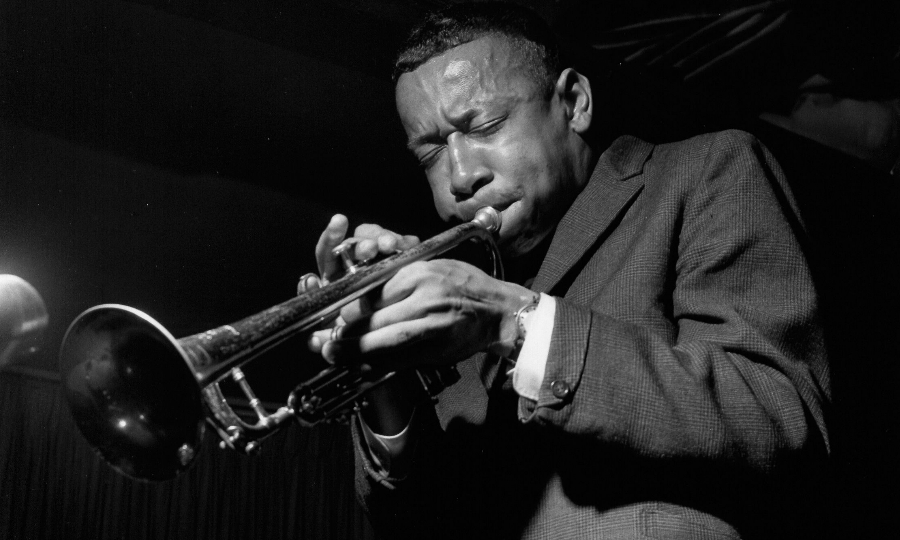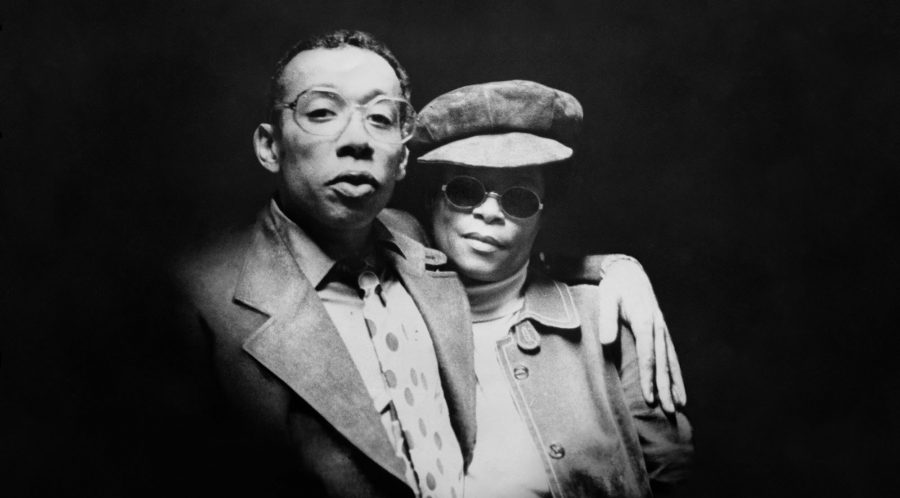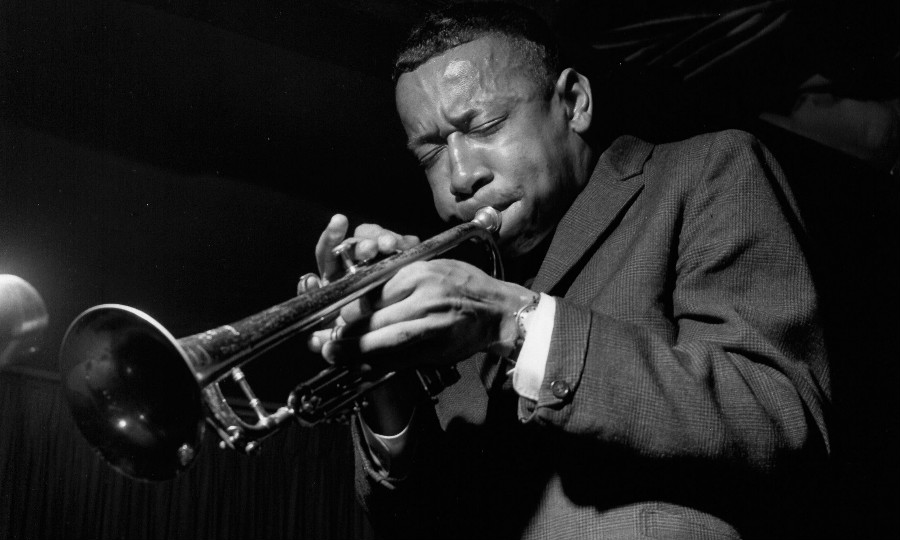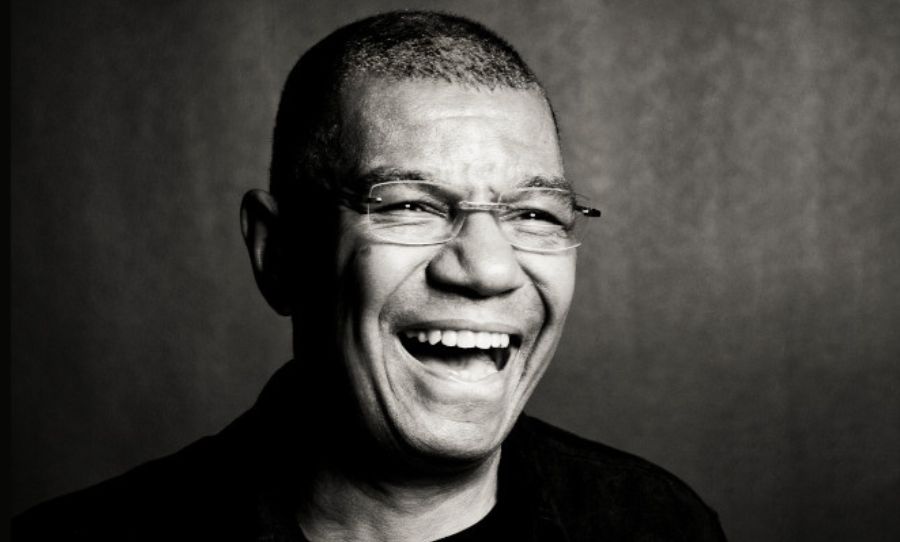Despite his somewhat limited output and even shorter life, Lee Morgan is remembered as one of the greatest trumpeters in jazz history. This is his story.
On a frozen night in New York, 1967, one of jazz’s greatest trumpeters of all time didn’t own a trumpet. It was in the pawnshop, along with his winter coat and various other effects, all sold for heroin. Just three years after the release of one of the best jazz albums of the decade, Lee Morgan was in the thrashings of drug habit that had consumed him for almost 10 years. Even if he’d owned a trumpet he was so out of practice and his mind, that he could barely play. That night he met the woman who would save his life.
Helen Morgan was known in jazz circles as “the little hip square”. She never touched heroin but her apartment became a haven for struggling musicians, many of whom were addicts. On this particular night, she says, Morgan came by “raggedy and pitiful… and for some kind of reason, my heart just went out to him.”
“I said, ‘Child, it’s zero degrees out there and all you have is a jacket. Where is your coat?’”
“Gone,” he said. She got the coat back, as well as his trumpet. From then on, she said, “he hung on to me” while she “took over total control.” Over the next five years, she helped the former prodigy grow into the musician he was meant to be. She would get him clean, back on top, and then end his life.

Rise of a jazz prodigy
A month after graduating from high school, Lee Morgan found a spot as a featured soloist in Dizzy Gillespie’s legendary big band and shone bright enough to ink a contract with Blue Note Records. He cut six albums in just over a year and was soon revered as one of the best trumpeters in jazz.
When Gillespie disbanded his orchestra in 1958, Lee was invited to join the Jazz Messengers, a quintet led by the notoriously militaristic Art Blakey. With Blakey, Morgan learnt how to control an audience, carrying them through a series of climaxes before leaving them exhausted and wanting more. He also recorded the iconic Moanin’ record, and most of all, he learnt how to love heroin.
The habit forced Morgan to leave his home in New York and sell his trumpet. Morgan spent the next two year strung out, his skills slowly dying. In late 1963, he went to the notorious Narcotic Farm, a Lexington, Kentucky hospital which housed a host of famous addicts from the period from William S. Burroughs to Chet Baker. Rumours circulated that he had joined the Army or died but within months Morgan was back in New York ready to record.

The hospital hadn’t cured his habits but it taught him how to manage it long enough to record the song that would secure his legacy, The Sidewinder.
It was never designed to be a hit. When Lee’s band had run out of material during a Blue Note session in late 1963, Morgan disappeared to the bathroom. The band became worried that he would return too high to play, but he emerged with The Sidewinder, a throttling ten-minute blues number etched out on a few pieces of toilet paper.
“It was like a gift from God,” Morgan said in a 1968 interview with journalist Bob Houston.
By 1963, jazz was in decline, overshadowed by the mainstream’s shifting focus to the rock gods. Yet, despite its limited release, The Sidewinder sold out so quickly that Blue Note had trouble pressing more copies. It hit No.35 on the pop charts throughout 1964 – a virtually impossible ranking for instrumental jazz. It was the record that saved both Blue Note and Lee Morgan’s career.
Unfortunately for the next few years, Morgan drifted, only working a few days a month and the $15,000 he made quickly disappeared.
According to McMillan, by 1967 the money was long gone and Lee Morgan was seen, “sleeping on the curb outside Birdland without shoes, sleeping on pool tables in bars, wearing a dirty suit over his pyjamas, stealing a television set from a hotel lobby for quick cash.”
Morgan’s return
Within a year of meeting Morgan, Helen had taken his name and they were introduced as husband and wife, although they were never married.
To Morgan’s friends, however, she was a godsend, saving him from years of torture. The couple moved to an apartment in the Bronx, on the stately Grand Concourse, and Helen put Lee through rehab.
Soon Helen became obsessive. She was like his mother and his manager, collecting his money, booking dates and paying his band.
“It was like Helen was addicted to him,” said Morgan’s niece. As Morgan got his life back on track he became more involved in politics, campaigning for the rights of black musicians. He also began teaching at New York music schools and experimenting with the flugelhorn, saying of bebop and hard bop, “I’m tired of playing that shit.”
While it’s hard to say how clean Morgan really was at this point, he never stopped using methadone, which occasionally caused him to fall asleep on the bandstand. Moreover, Lee had begun replacing heroin with cocaine – a switch many people made at a time when heroin became incredibly scarce in New York.
As Morgan became more confident he wanted more independence from Helen, but she just clung tighter.
“Like I made him,” she said. “You know, ‘I brought you back. You belong to me.'” Even decades later, she wasn’t sure if she had truly loved him or if she’d considered him a possession.
“They were like rocky, out-in-public arguments,” said saxophonist Bennie Maupin. “He dumped a bottle of Champagne over her head one day, [yelling], ‘Bitch, get the fuck out of here, leave me the hell alone,’ so on and so forth.”
In 1971, he began seeing another woman. Soon, Helen ceased coming to see Morgan perform. The new lady had taken her place at the front table. Helen attempted to poison herself in a fit of depression but she survived. Then she started carrying a gun.

Slaughter at Slug’s Saloon
In February 1972, Lee and his band made a one-week engagement at Slug’s Saloon, a skinny bar in the depths of Alphabet City. On the 18th of February, a blizzard lashed the traffic through New York. Driving to Slug’s, Morgan was rounding a corner when they hit a patch of ice spun out of control, smashing into the curb and totalling the car.
Rather than wait for a tow truck, Morgan grabbed his horn and walked the rest of the way in the snow. Billy Harper was already at the club and remembers Morgan showing up to Slug’s visibly shook. “Man, I almost died,” said Morgan. the wreck steered the conversation towards Morgan’s former mentor Clifford Brown, who had died in a car crash on a snowy night fifteen years earlier.
Back in the Bronx, Helen decided she was going to go see him perform. “On that Saturday,” Helen told Thomas, “I don’t know what possessed me. I said, ‘I’m going to Slug’s.’ He was working down there that whole week. I hadn’t been down there that whole week. And I had a gun.”
She arrived well after midnight, during a break between sets. Upon seeing the woman at Lee’s table, she began shouting. “And he was being Lee,” says Harper. “He was being kinda cocky about it. She said, ‘You know I have the gun.’ And he said, ‘But I got the bullets.'” Eventually, Morgan seized Helen and threw her outside, careening into a waist-high bank of fresh snow.
“I didn’t have on my coat or nothing, but I had my bag,” Helen recalls. “He threw me out the club. Wintertime. And the gun fell out my bag, and I looked at it. I got up. I went to the door….The bouncer said to me, ‘Miss Morgan, I hate to tell you this but Lee don’t want me to let you in.’ And I said, ‘Oh, I’m coming in!’’I guess the bouncer saw the gun…He said, ‘Yes you are.'”
“And I saw Morgan rushing over there to me and all I saw in his eyes was rage.”
“It was really, really something,” says Harper. “We were still at the bar, and then we were talking, but I heard a POP. It wasn’t a loud kinda thing — like POP. It didn’t seem real. Lee was standing, so I thought everything was cool. But then pretty soon he fell down, and he’d been shot near the heart, and Helen was screaming. She was out of her head or something, she was crying and standing over Lee. The other lady was scared away.”
Paralyzed, Helen handed over the gun to police. She would spend a total of three months in jail before making bail and never returning. Helen pled not guilty to second-degree manslaughter, but the loss of her court transcripts means the sentence was unknown. She would live out the rest of her life North Carolina, absorbing herself in her local church before dying in 2014.
At Slug’s, Morgan’s blood soaked into the sawdust floor. The ambulance was delayed by the heavy snow and Morgan died before reaching the hospital. Lee Morgan died at the age of 33, marking the untimely end to a vibrant, obsessive, and ultimately unsurpassed career in jazz.
Of all the epitaphs that flooded the headlines, memorials, and benefit concerts in the weeks to come, none were more eerily succinct than a line Morgan had said long before in a 1961 interview about Clifford Brown and John Coltrane.
“Every time I heard Clifford, and now when I hear Trane. I get the impression that the doctor told them, ‘You’ve got to play everything you know today because you won’t get a chance tomorrow.'”



